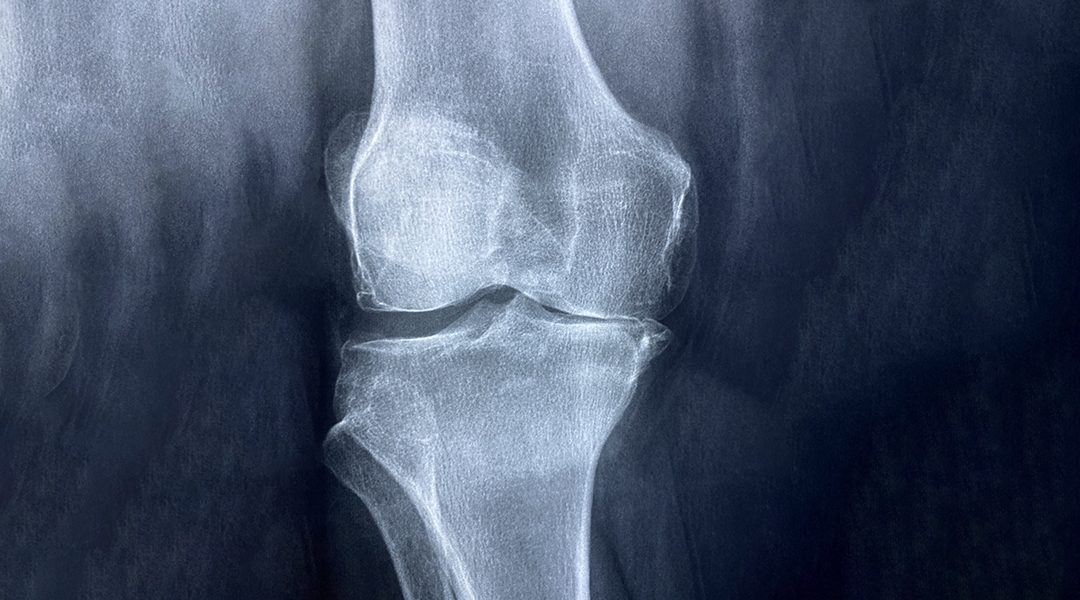
Photo: Dr. Manuel González Reyes on Pixabay
Regeneration technologies are already being used in dentistry , as well as in the treatment of skin lesions and bone restoration. However, researchers from the University of Pennsylvania believe that the current replacement fabrics are not yet good enough to last long, since their ability to mimic real fabric is not yet so high, according to Advanced Science News.
Robert Mauck and his colleagues have developed a modified tissue regeneration technique that allows them to place unchanged cells within a three-dimensional hydrogel scaffold. To begin with, it was tested on cartilage tissue. Cartilage degeneration is a fairly common disease that can lead to joint instability and chronic pain. There are very few effective methods of treating such ailment.
“Current treatments are to fill these holes [in cartilage tissue] with synthetic or biological materials that work, but often wear out because they are not the same material as they used to be,” the authors write. “It's like fixing a pothole on a road: if you gravel it and patch it, the hole will be smoothed out, but will wear out over time because it will be another material that cannot be tied in the same way.”
The complex structure of cartilage tissue makes the process of its restoration difficult. “There is a natural gradient from the top to the bottom of the cartilage where it contacts the bone,” explains Hanna Zlotnik, PhD student in bioengineering. - On the surface, the cartilage has a large accumulation of cells. But in the place where the cartilage is attached to the bone (inward), the cell density is lower. "
Zlotnik and her colleagues used magnetic patterns to create simulated cartilage. Due to the fact that it is diamagneticThe susceptibility of cells is low, usually for such manipulations a magnetic component is added to them. This allows better control of their position in the gel. However, this can also change their properties and the duration of treatment. According to the authors, ideally, objects should be manipulated with magnets, but without changing their internal magnetic properties.
Instead of magnetizing the cells, the scientists increased the magnetic susceptibility of the hydrogel that contains the cells and fixed their position by the subsequent solidification of the surrounding solution. The team successfully showed that the addition of a gadolinium-based magnetic contrast agent to a hydrogel precursor allowed the formation of a variety of diamagnetic objects such as cells, drug delivery agents, and polystyrene beads. The objects can then be easily fixed by exposing the hydrogel to ultraviolet light. This process triggers a polymerization reaction, or "photocrosslinking," after which the magnetic solution can be washed off.
“These engineered fabrics with a magnetic pattern resemble natural tissue more in terms of cell arrangement and mechanical properties than standard homogeneous synthetic materials or biologicals,” explained Professor Robert Mauck. “This new approach can be used to create living tissue for implantation to correct localized cartilage defects, and one day can be expanded to form living articular surfaces.”
In Russia, the issues of regenerative medicine are being developed as part of the development of the future HealthNet market . In particular, in Obninsk at the Institute of Atomic Energy (IATE) of the National Research Nuclear University of the Moscow Engineering Physics Institute (NRNU MEPhI), work is underway ona project for the regeneration of human teeth based on a collagen composite with RNA inhibitors. It is assumed that the method will allow, as the mineralization of the damaged areas is restored, to replace the tissues of dental fillings with healthy tooth tissues.